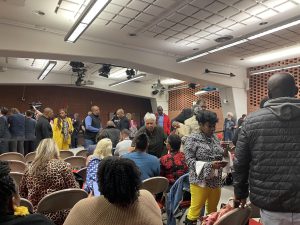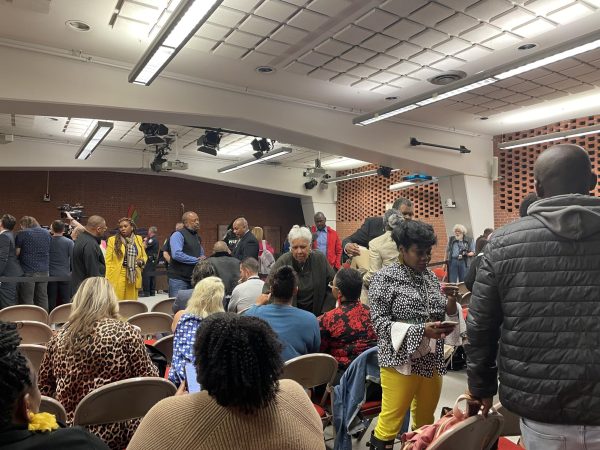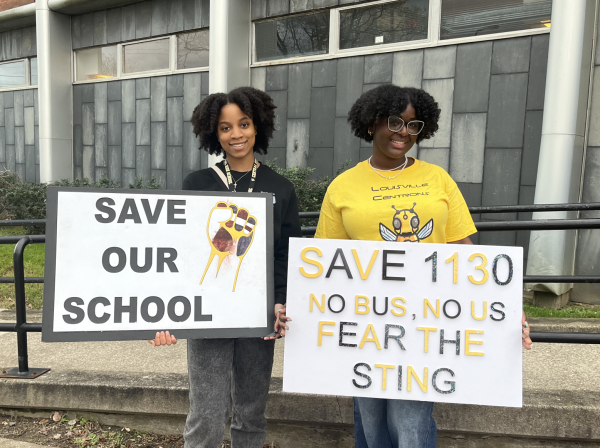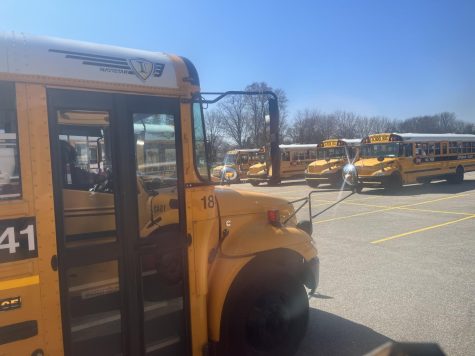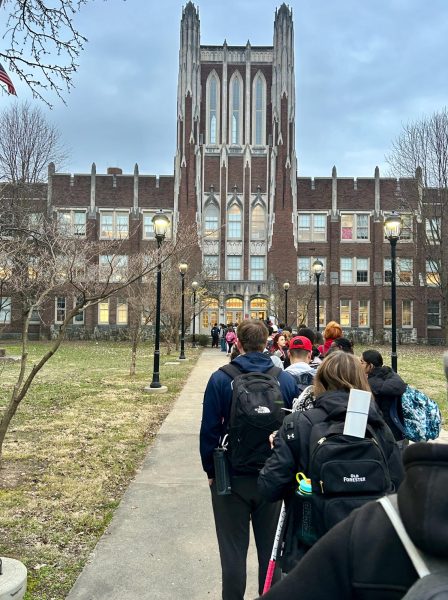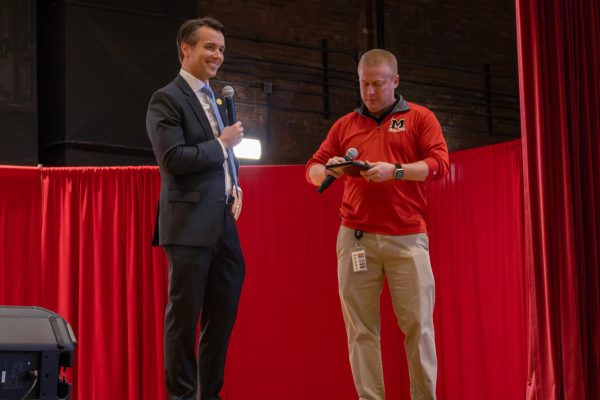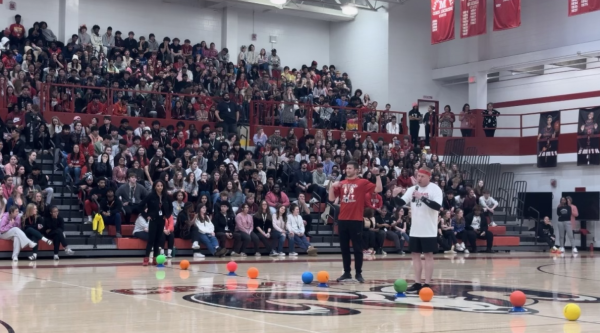Manual’s problem with class transitions
September 15, 2022
Time. It’s a big concern for most students. With so many clubs, AP classes and extracurriculars, many Manual students may struggle to manage their schedule. The last thing they should be worried about is getting to class on time. However, in a recent survey conducted across multiple magnets and grade levels at Manual, only 14% of 75 students surveyed felt like they had enough time to transition to another class.
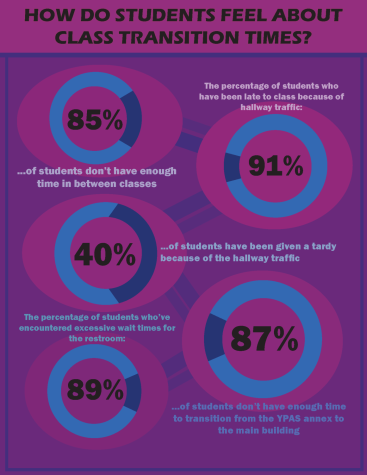
It’s not only the hallways that get crowded but the bathrooms as well. 89% of students in the survey claimed that they have encountered long wait lines for the restroom.
A HSU sophomore surveyed states, “I personally don’t like to go to the bathroom during class for fear I’ll miss something. But, there isn’t enough time between classes because we only get 5 minutes, and there’s usually long lines.”
Hallway traffic is expected in a large school like Manual, but when students have only five minutes to use the restroom and get to class on time, then something may have to change. Some teachers recommend using the restroom during the transition period in between classes; however, this has proven to be an issue when there isn’t even enough time to walk to class.
All of these problems are amplified by the fact that many students have to travel to an entirely different building. While the YPAS annex does release a few minutes earlier than the main building, 87% of students in the survey who have a YPAS class indicated that they don’t have enough time to make it back to the main building when switching classes.
Overall, the data collected demonstrates a general dissatisfaction with the time given to students in between classes. This poses a major problem, considering 40% of the students surveyed had been given a tardy because they were slowed down by the traffic in the hallway. This is unfair to both the teachers and students. Teachers have to deal with students showing up late and possibly missing parts of their lesson, and students end up with tardies from something they couldn’t control.
How could Manual fix this problem? Many students in the survey came up with ideas.
A large majority simply said that adding an extra 2-5 minutes would be very helpful. Ten minute transition periods would probably help students transitioning to and from YPAS and allow for more students to be able to use the restroom. However, this might also result in shorter class periods or a longer school day in general. It also fails to address the problem with hallway traffic that many people seem to have trouble with.
Some students pointed out that it maybe wasn’t the amount of time that was giving them trouble but the foot-traffic that builds up. A lot of the holdup in the hallways results from a lack of organization.
One J&C freshman claims, “I don’t think the time is an issue as much as the people are. People stand in groups in the hallway and don’t move, which slows down the flow. 5 minutes is enough time, but it would be better if people moved efficiently.”
Creating a way to efficiently direct traffic would require new solutions, considering Manual already has some systems in place that rarely work. For example, there are arrows on either side of the central hall staircase labeled “up” and “down” to instruct students on which staircase to use when ascending or descending the stairs. However, no one really follows them. A junior from HSU suggested creating a schedule where they release classes in two minute intervals depending on the floor they are on.
Maybe the solution isn’t to change the amount of time between classes, but rather have more lenient guidelines when it comes to student tardiness. “I definitely think teachers should give students a grace period at the beginning of their blocks,” Bri Woods (12, J&C) writes in the survey.
Whatever the solution is, one thing is clear: Manual students feel like they need a faster or easier way to get to class. However, it’s not an easy problem to fix and will require more innovative solutions.



